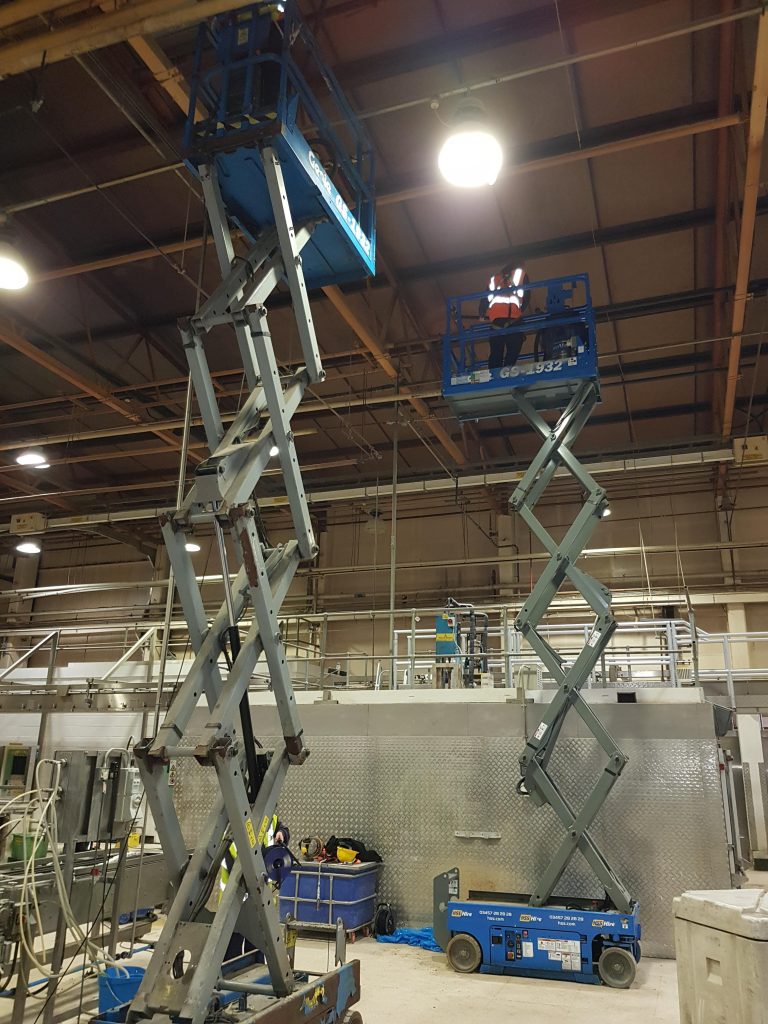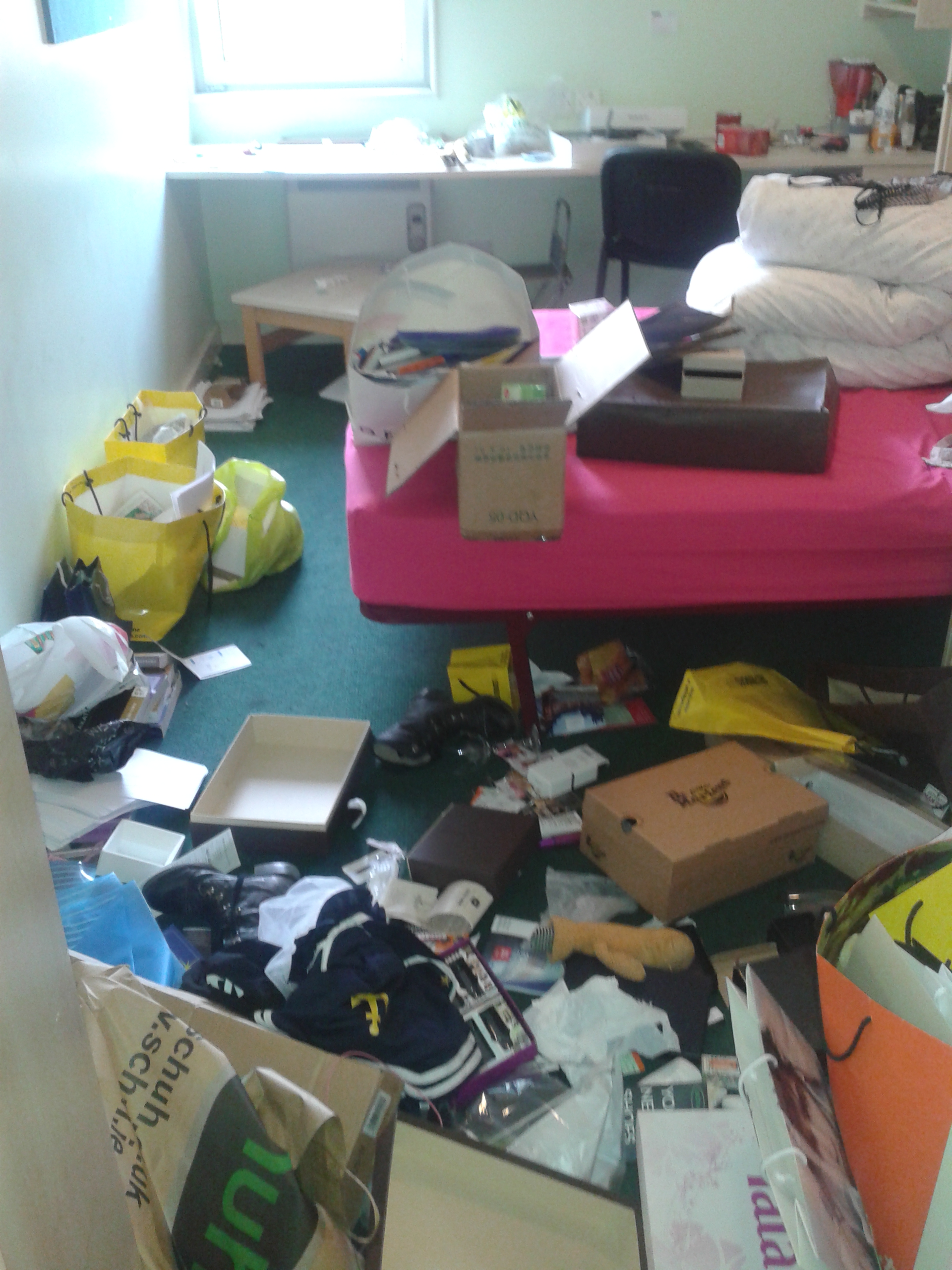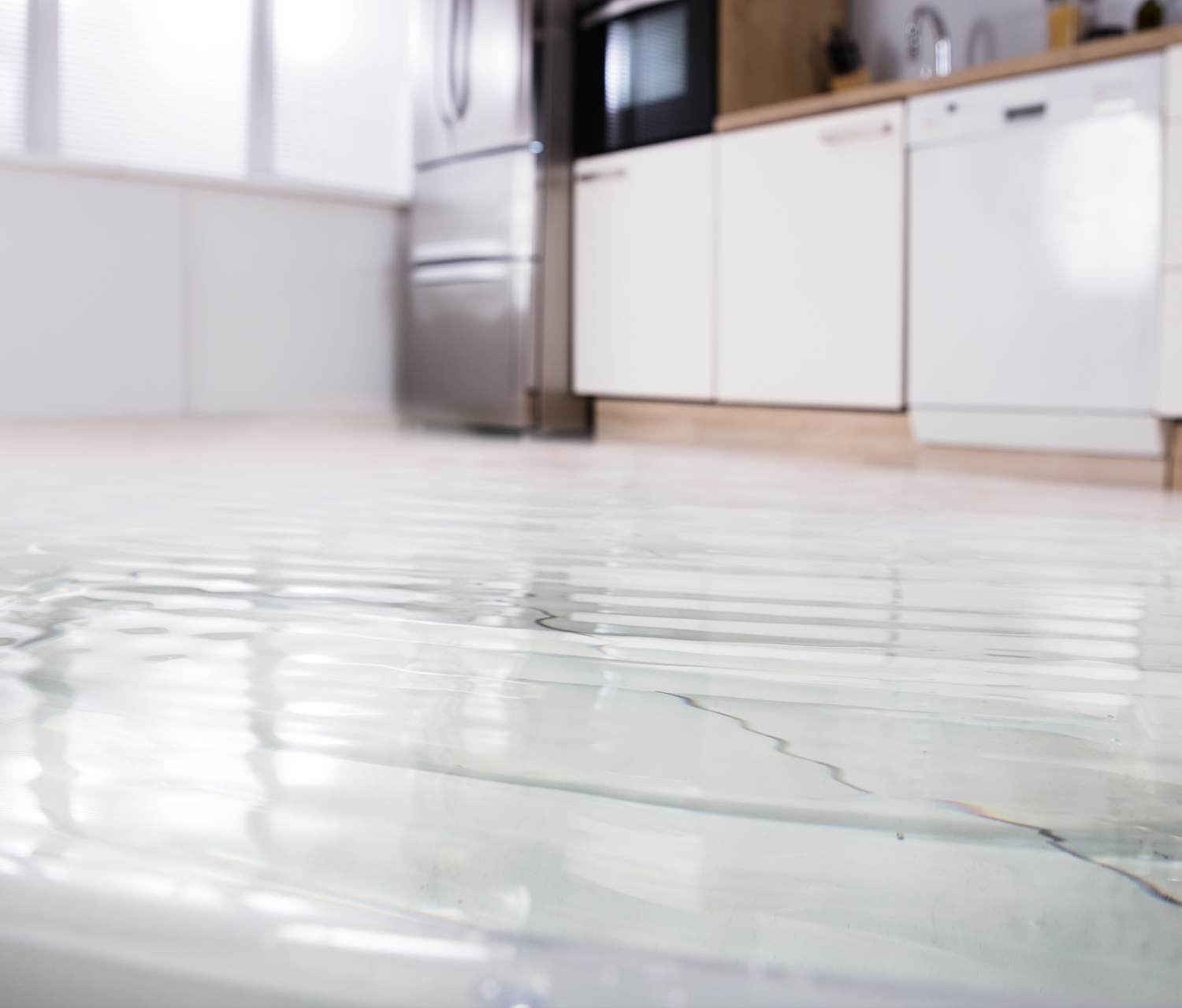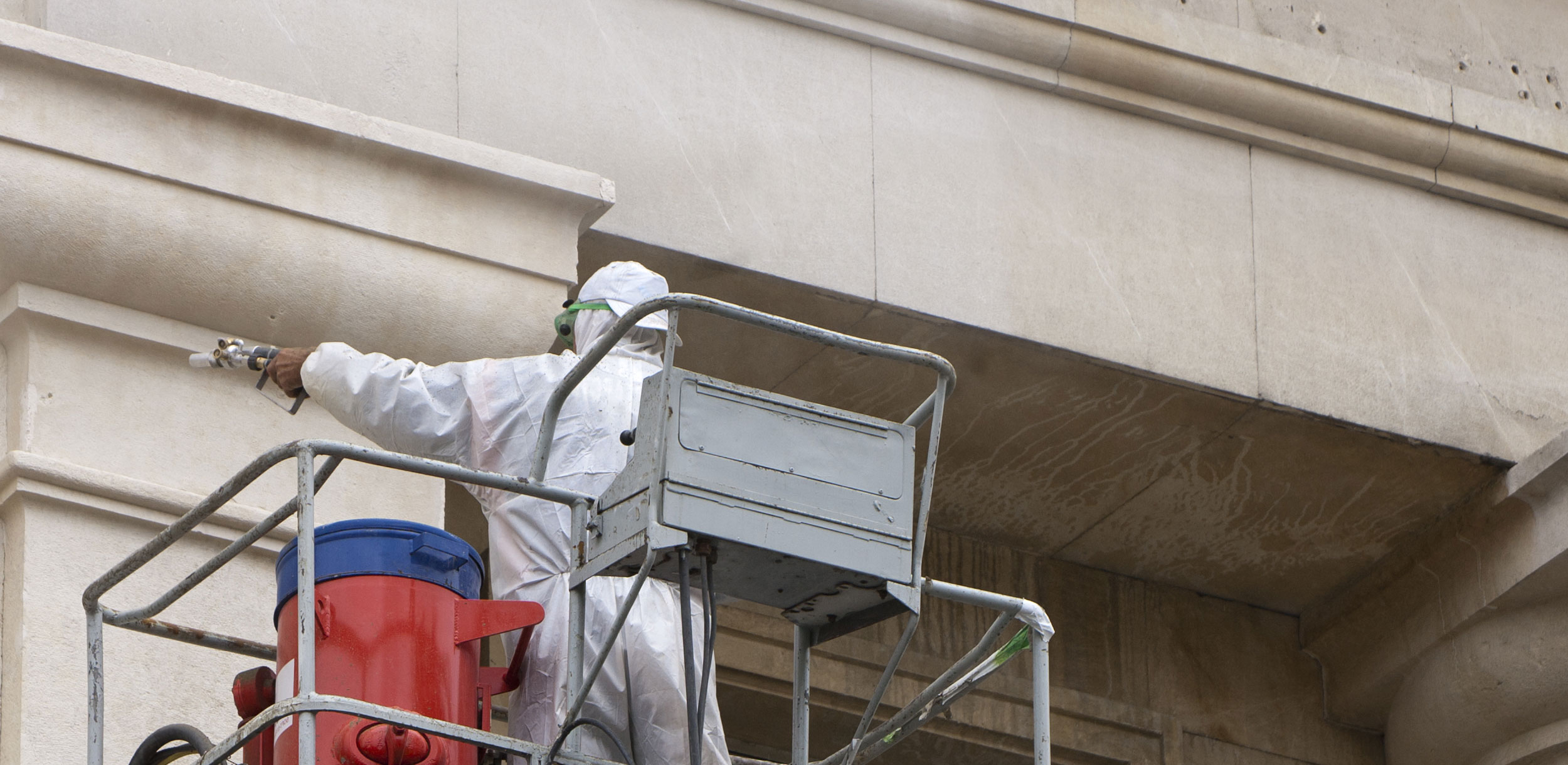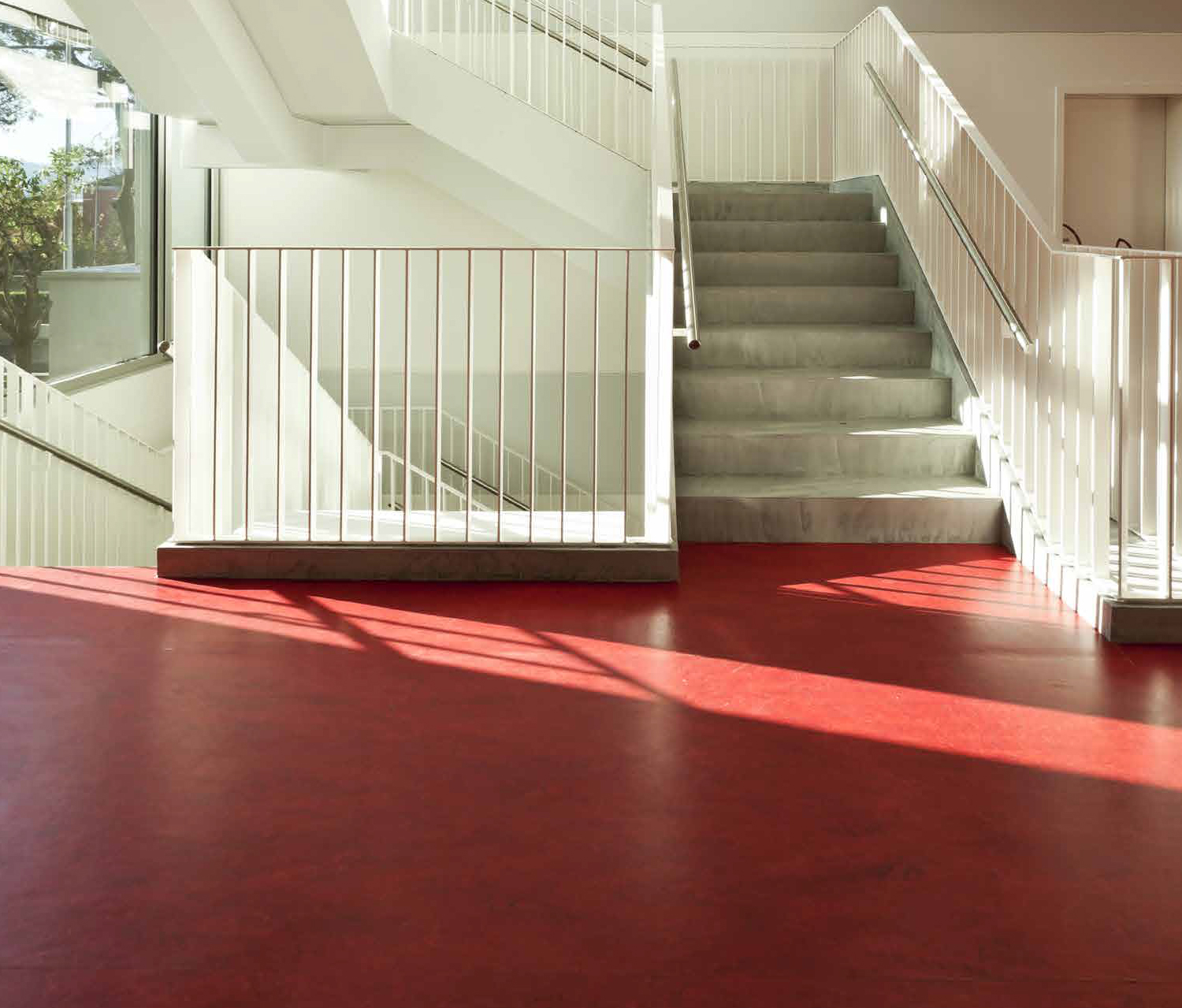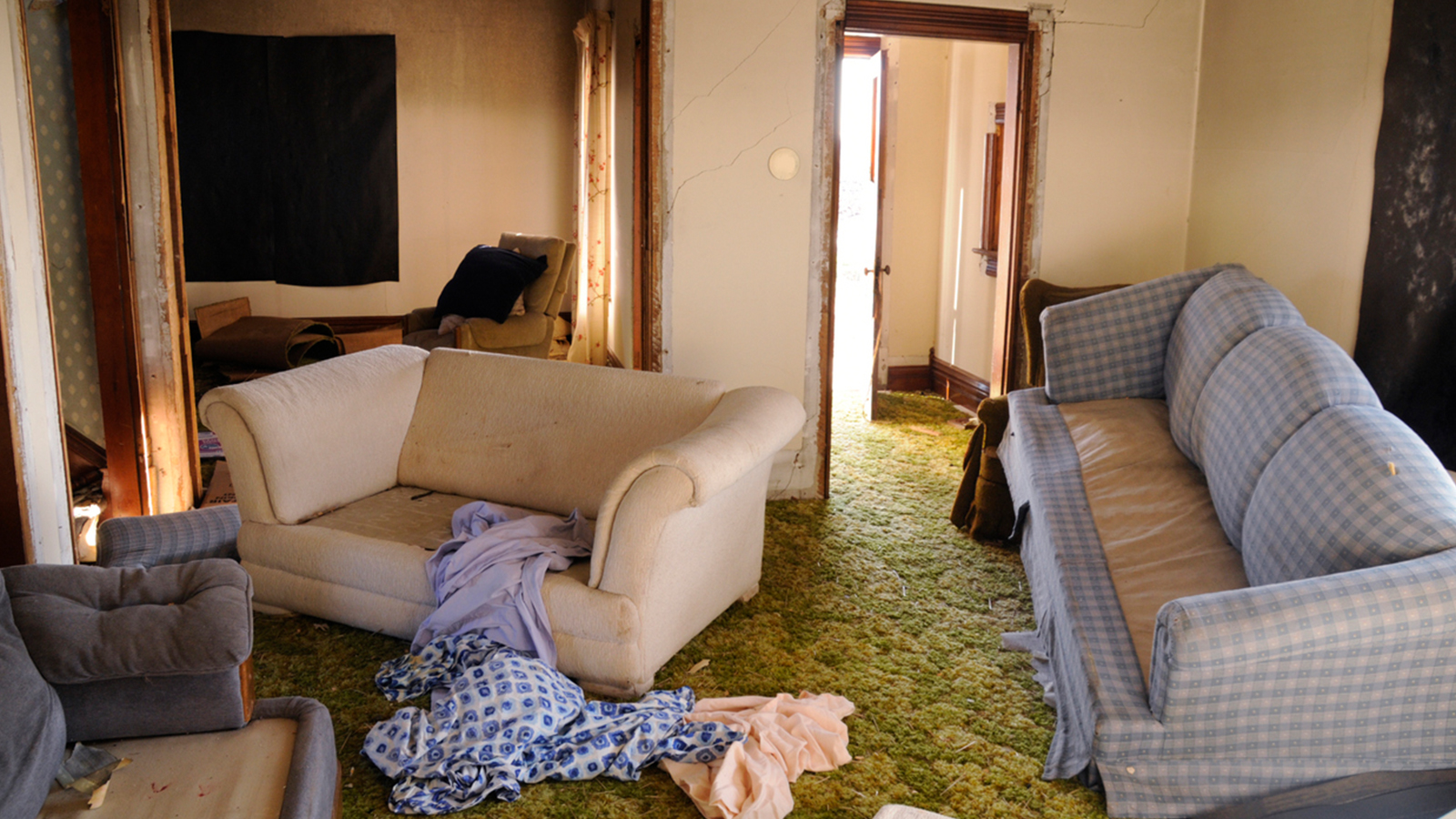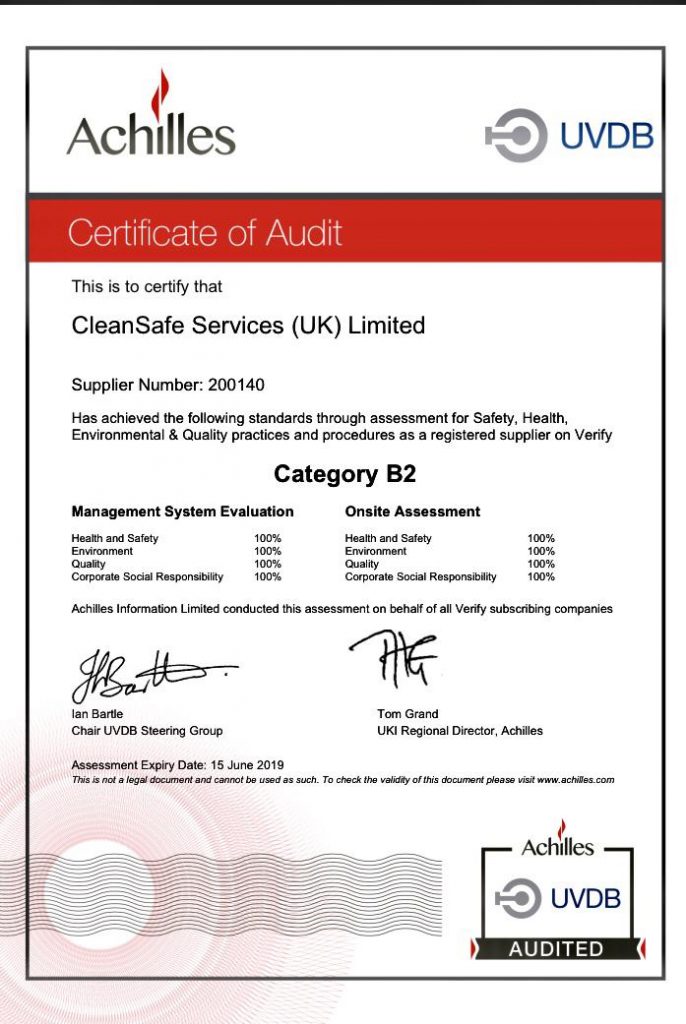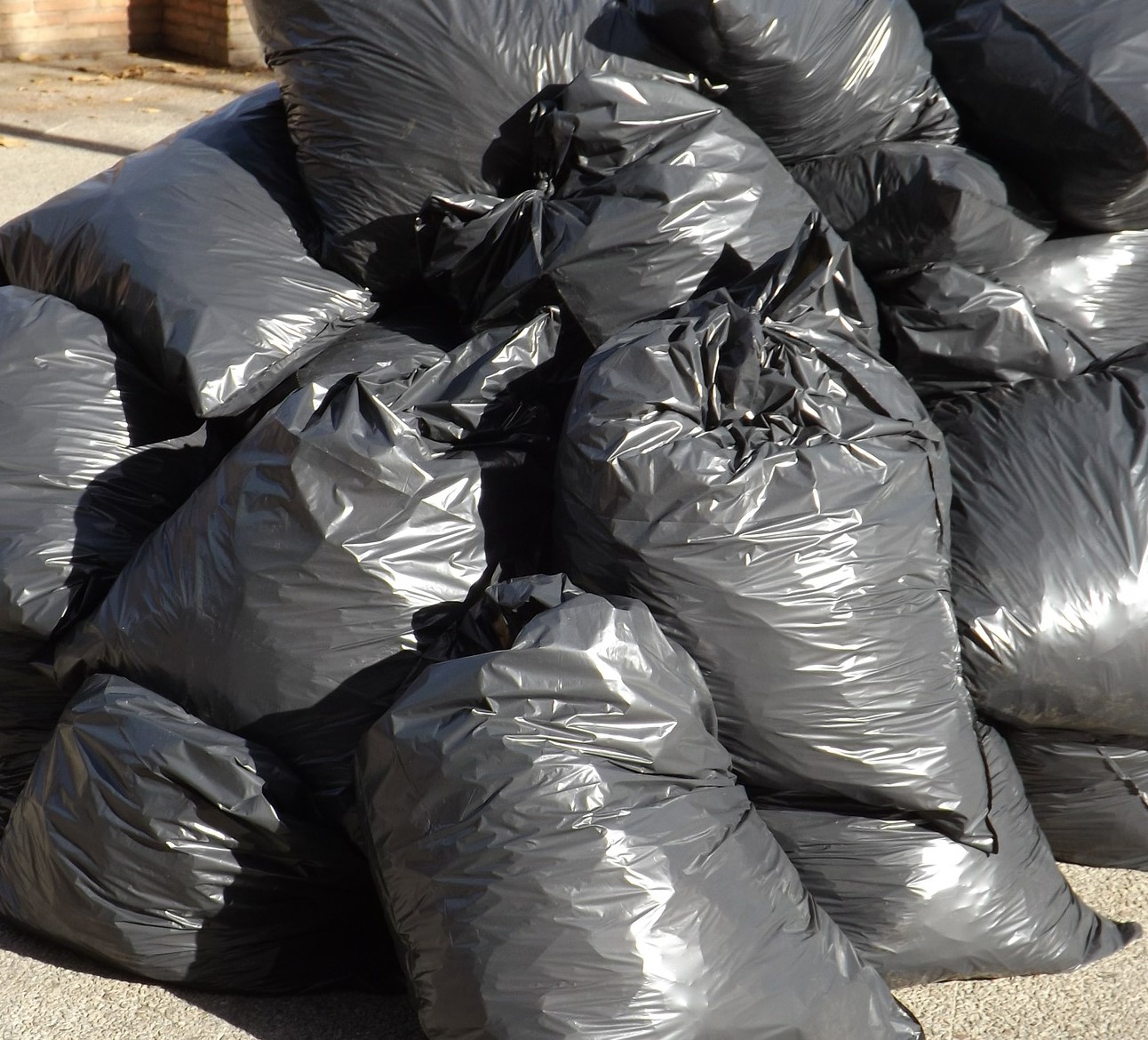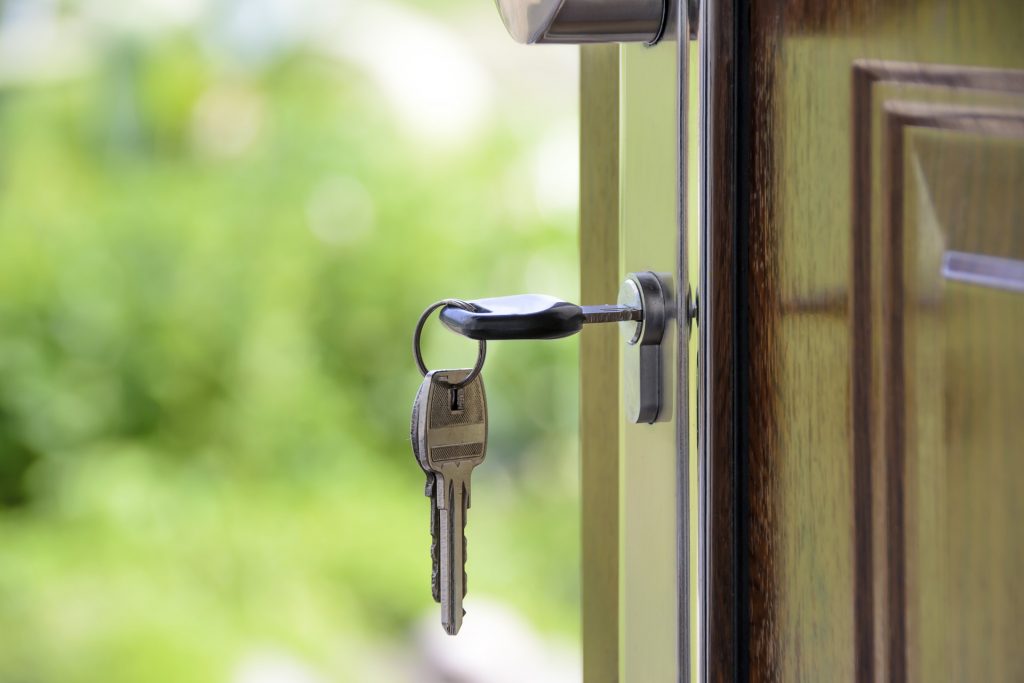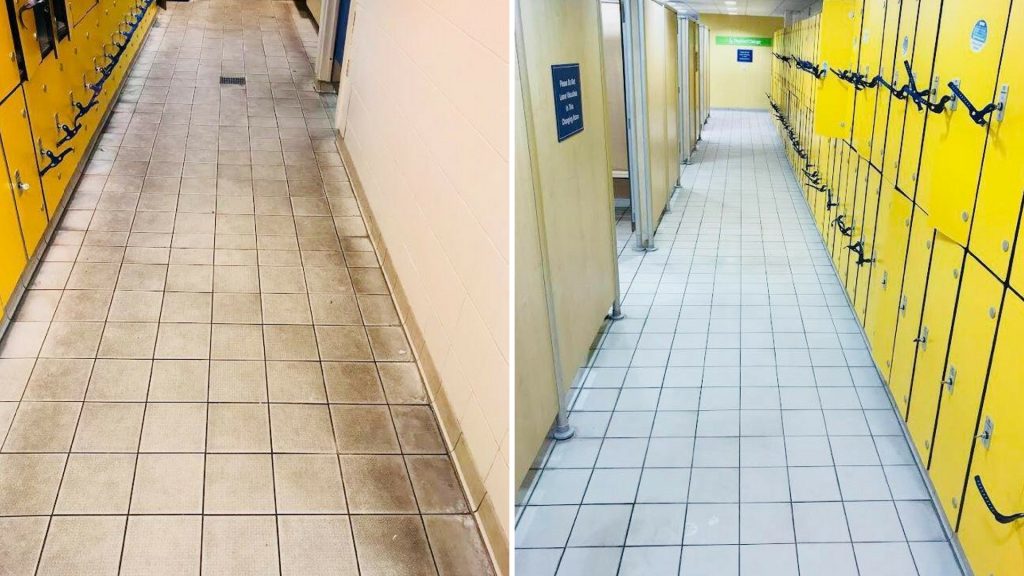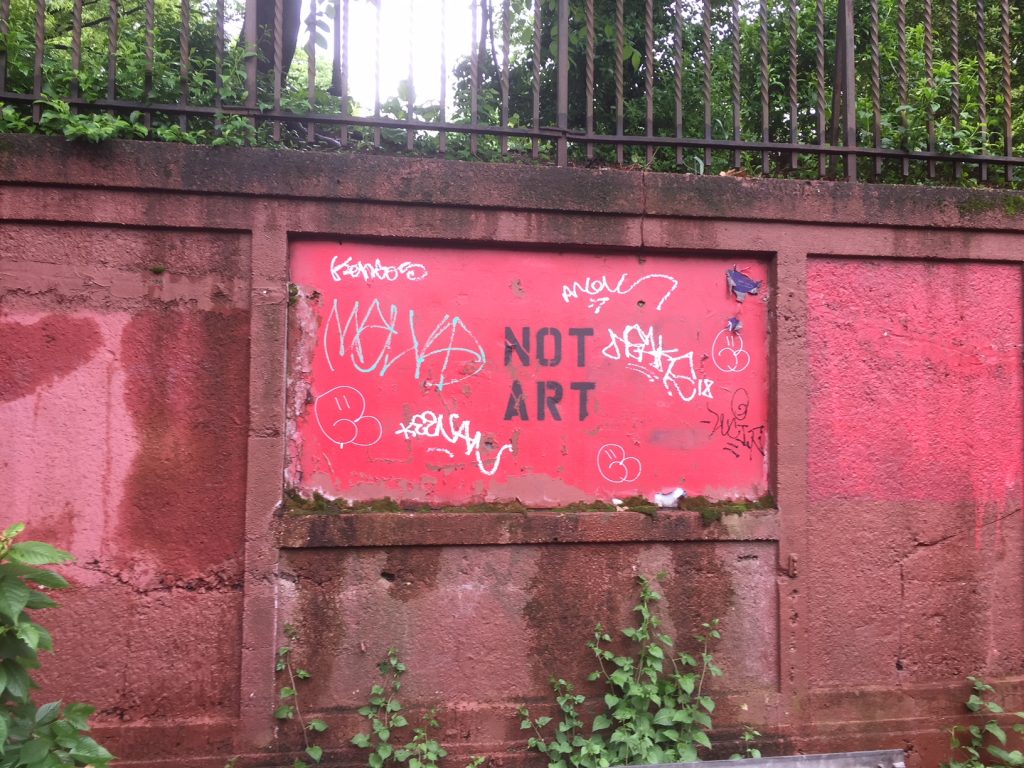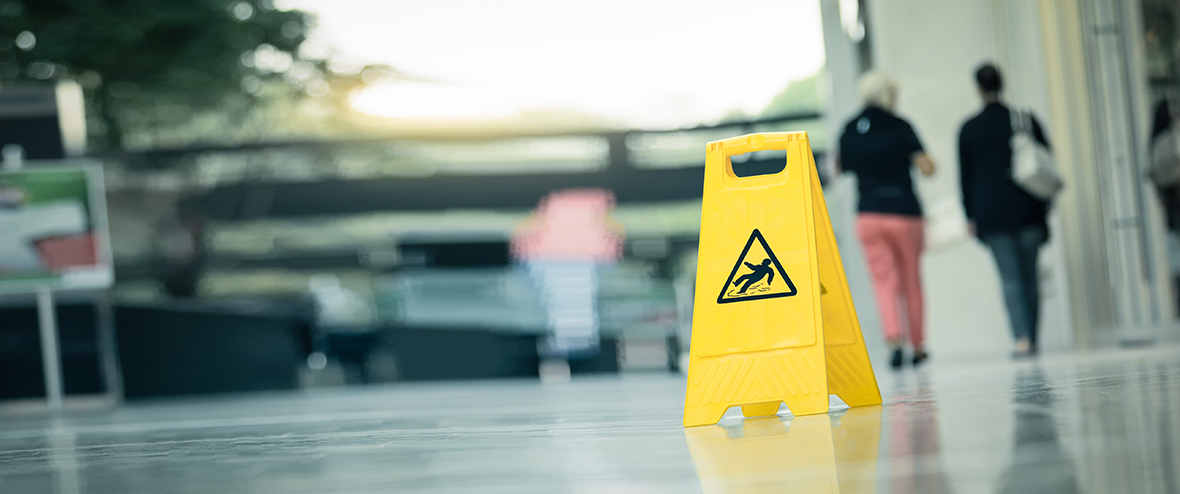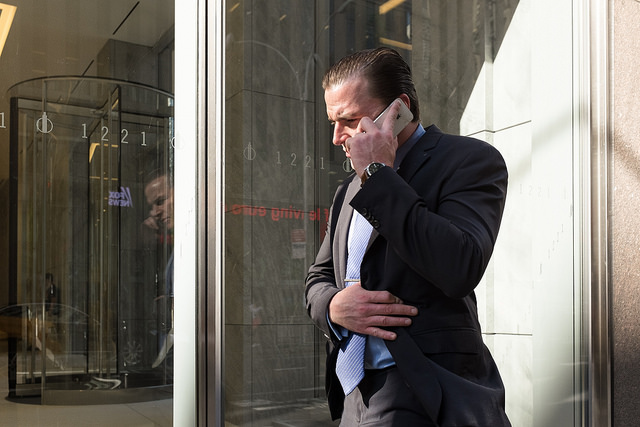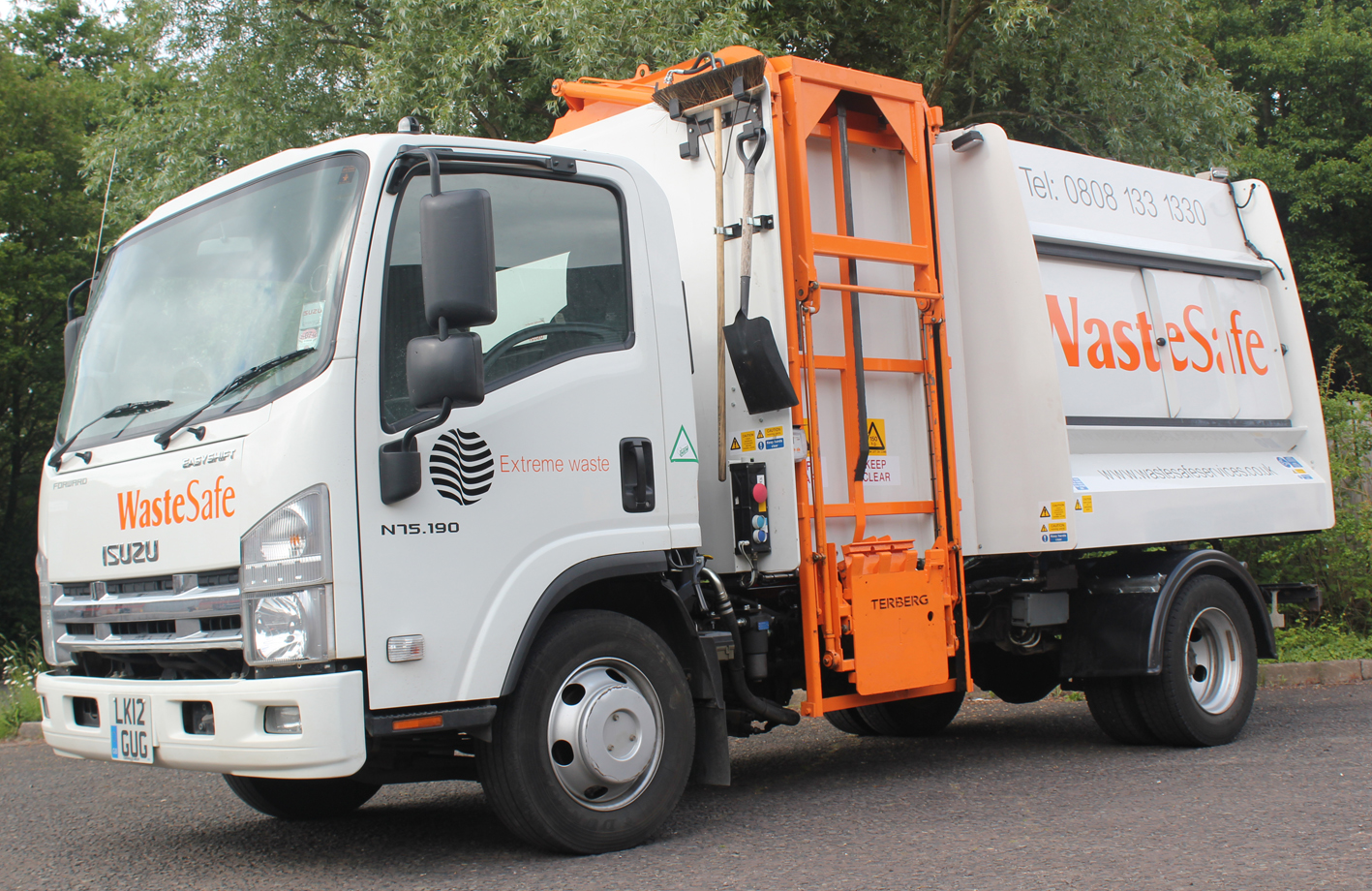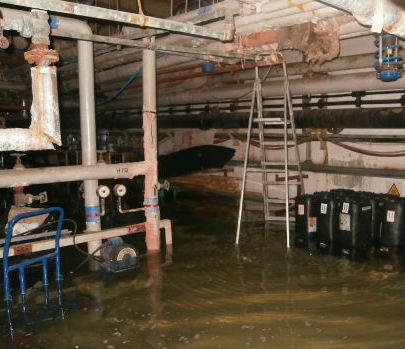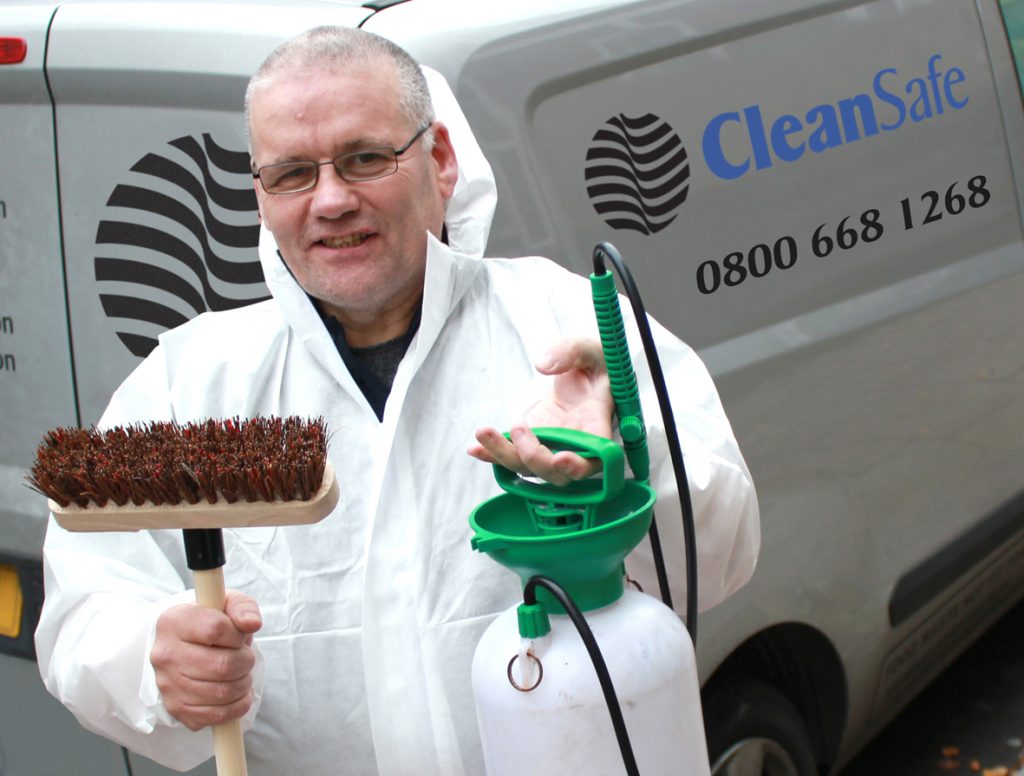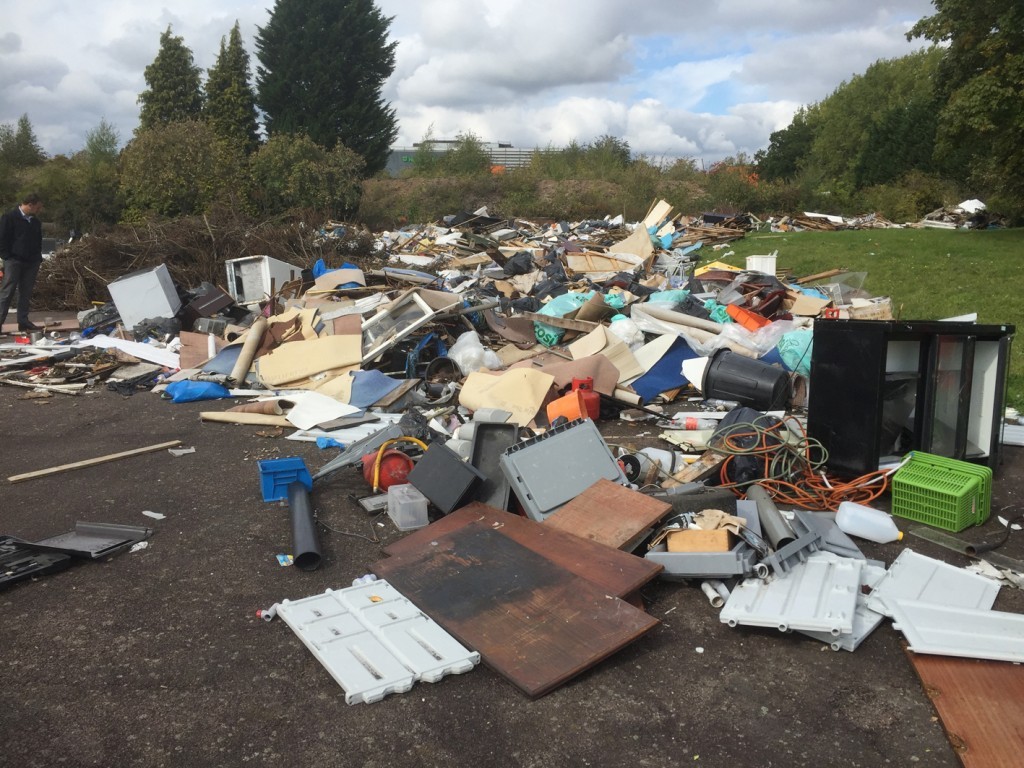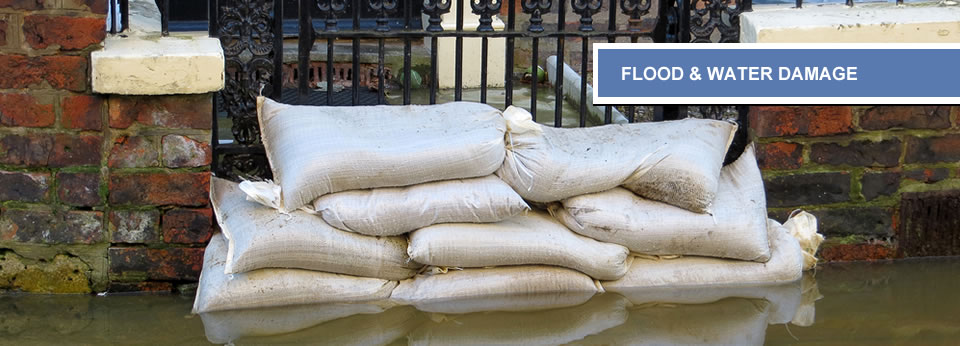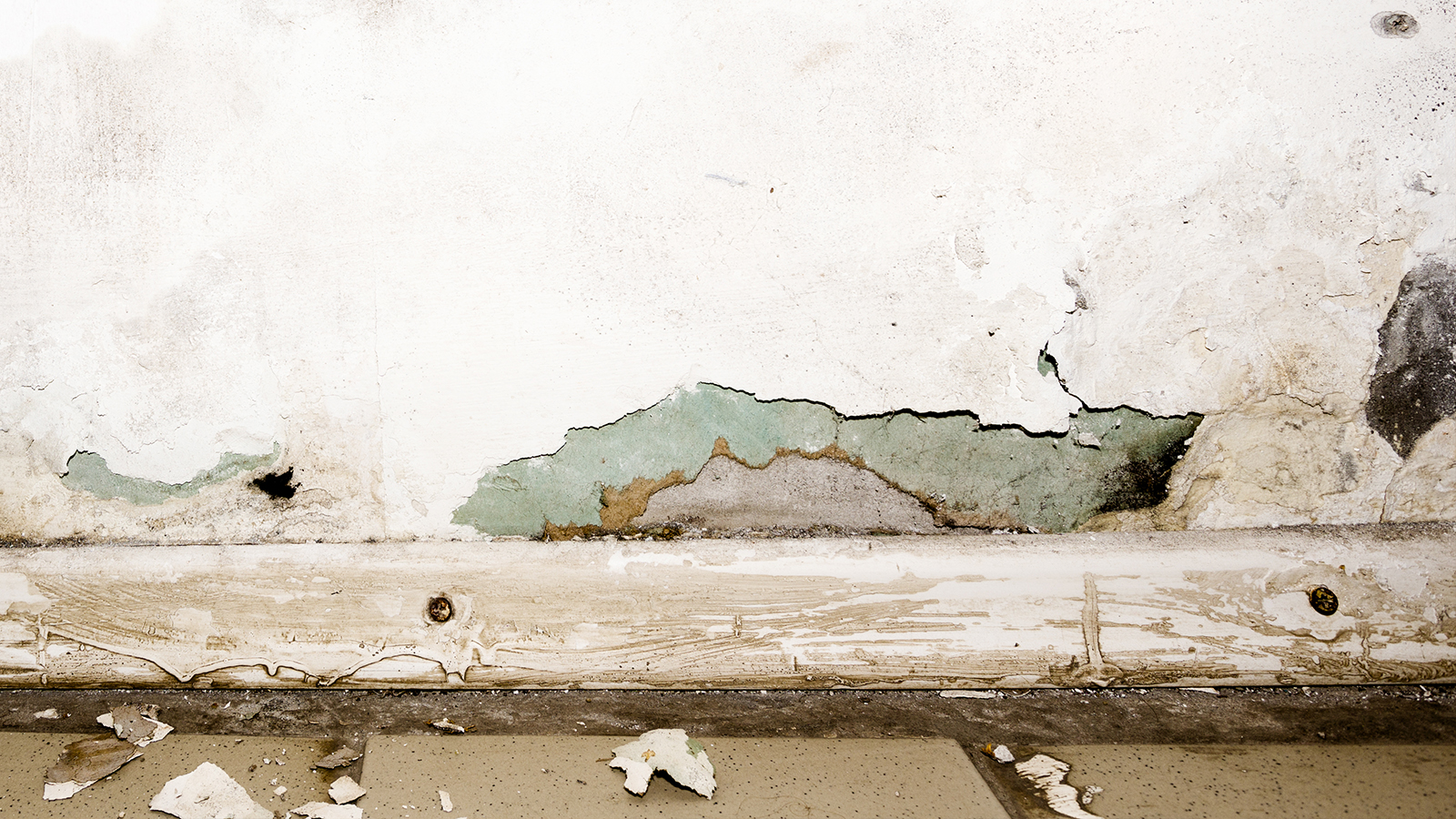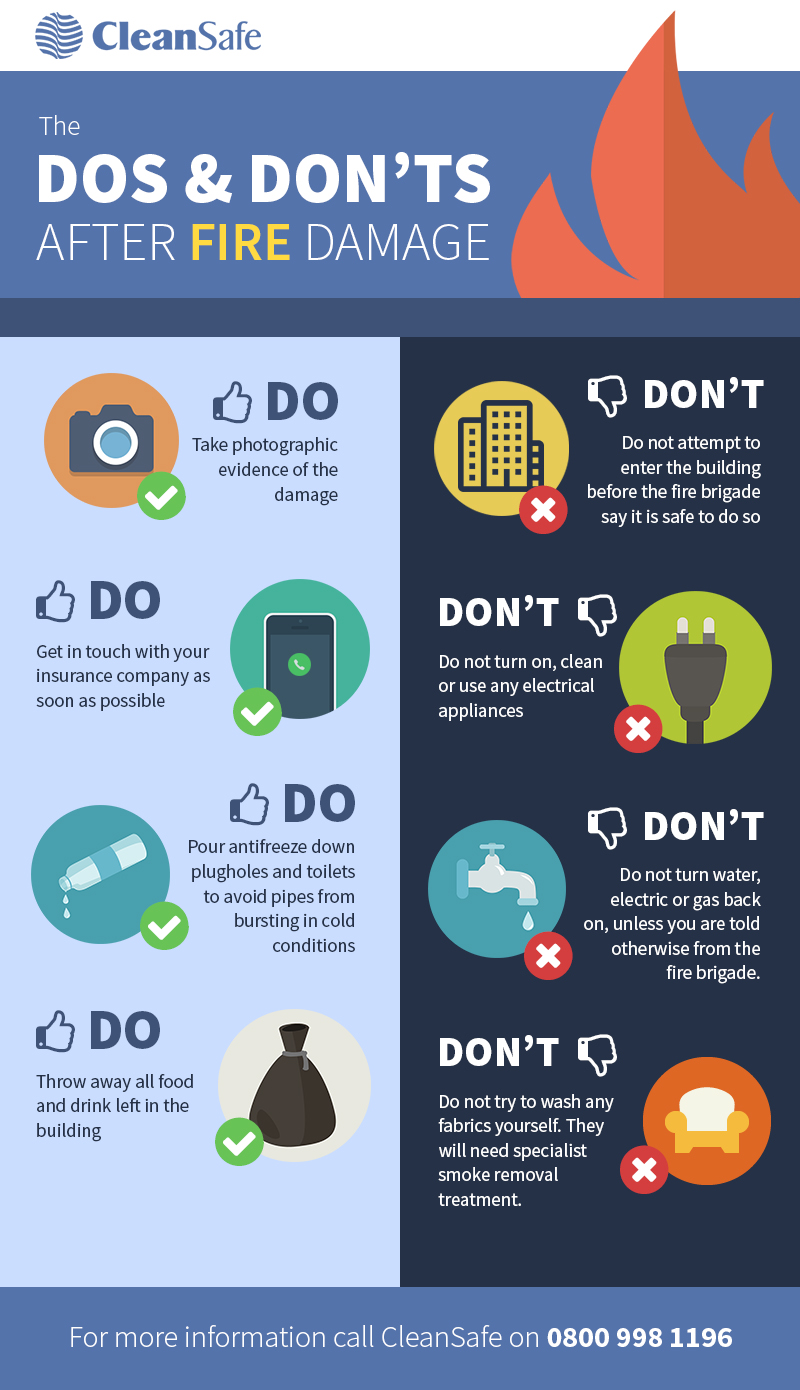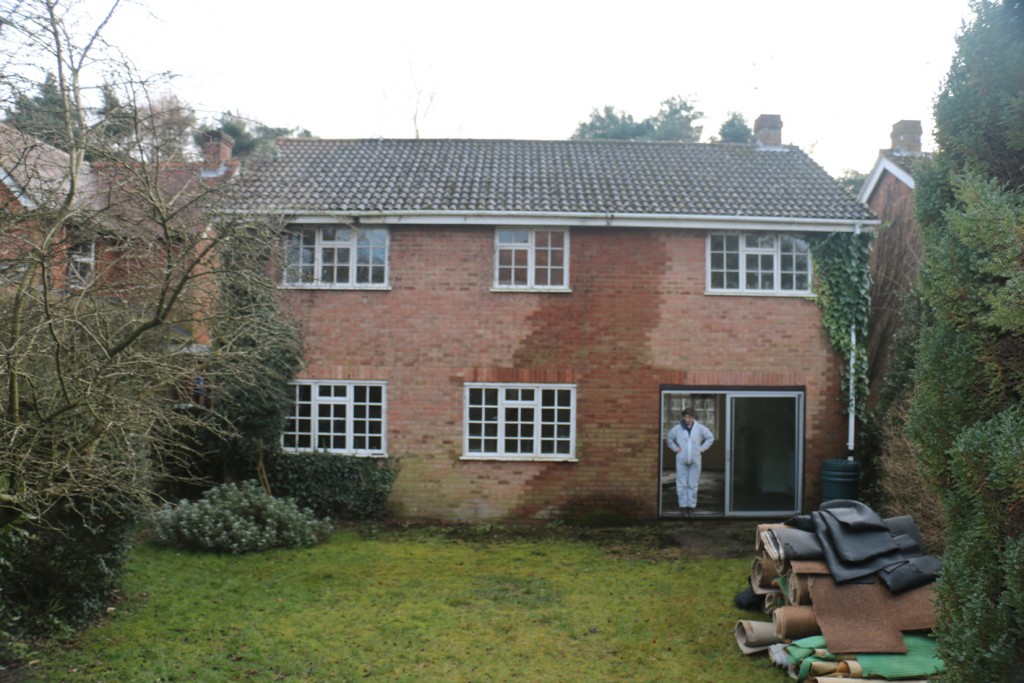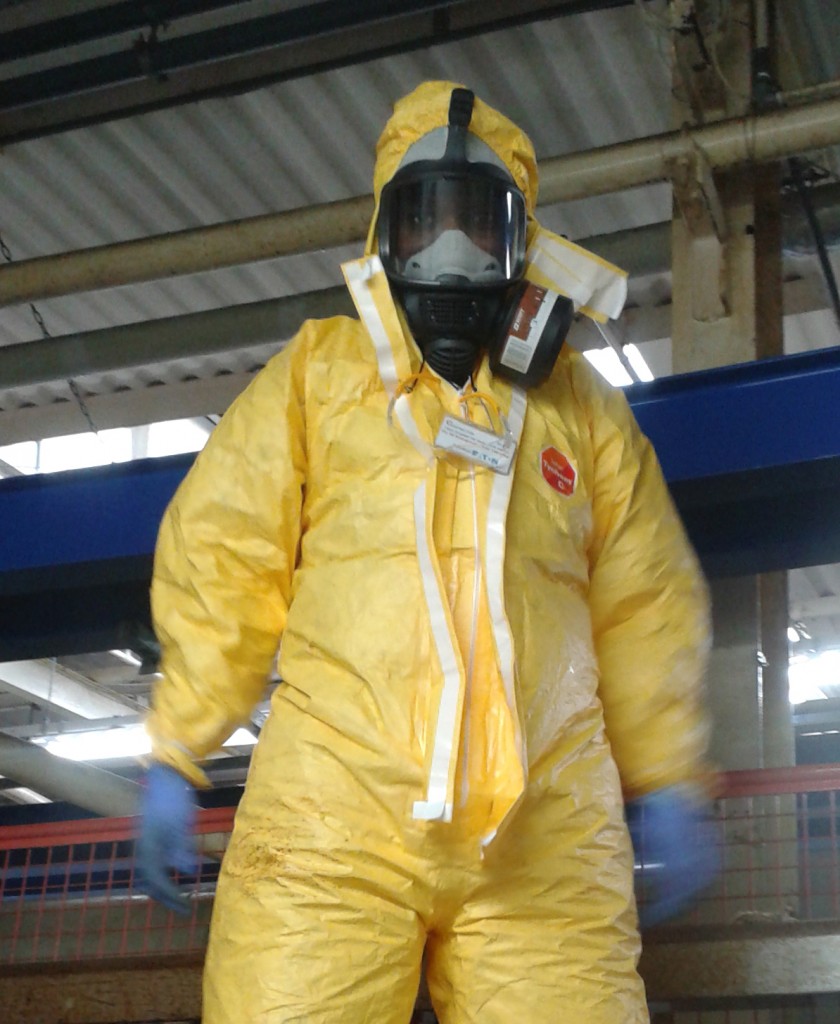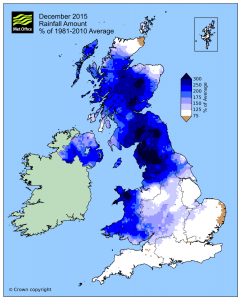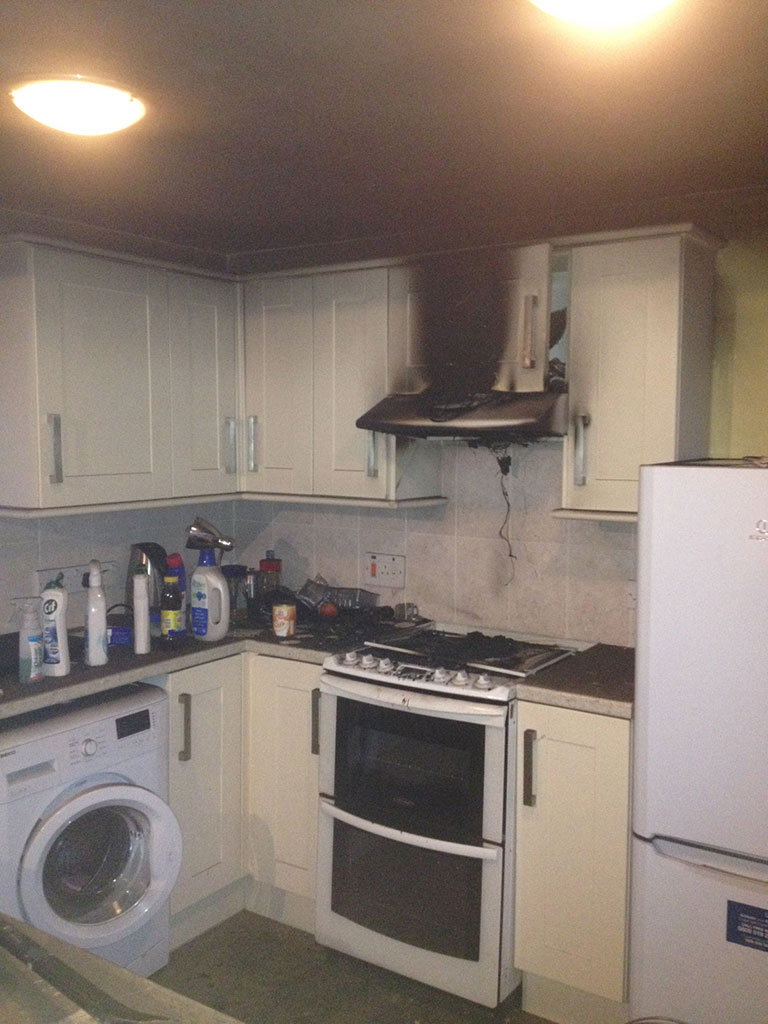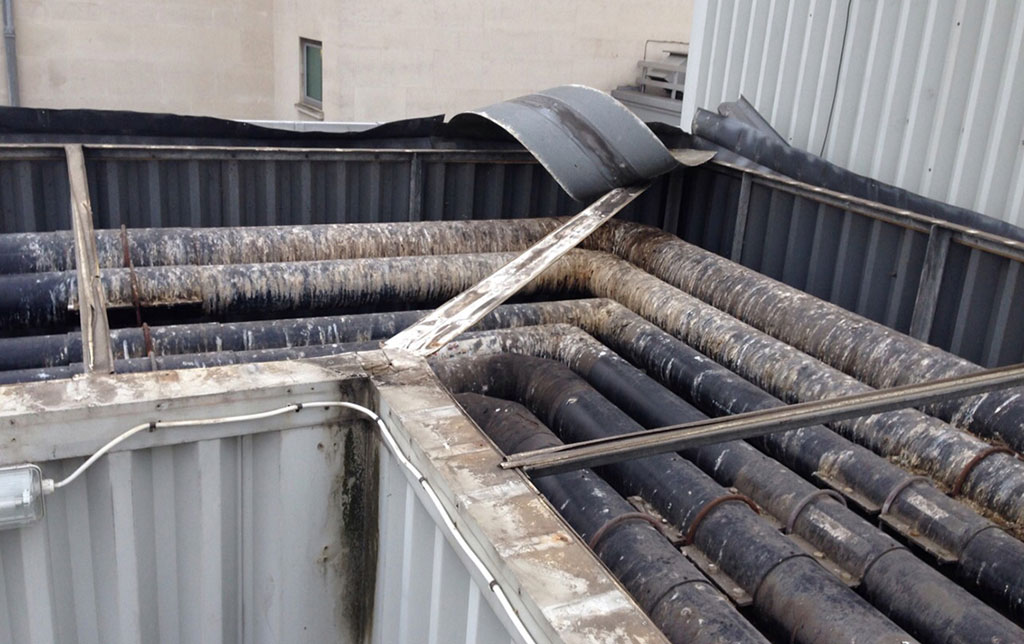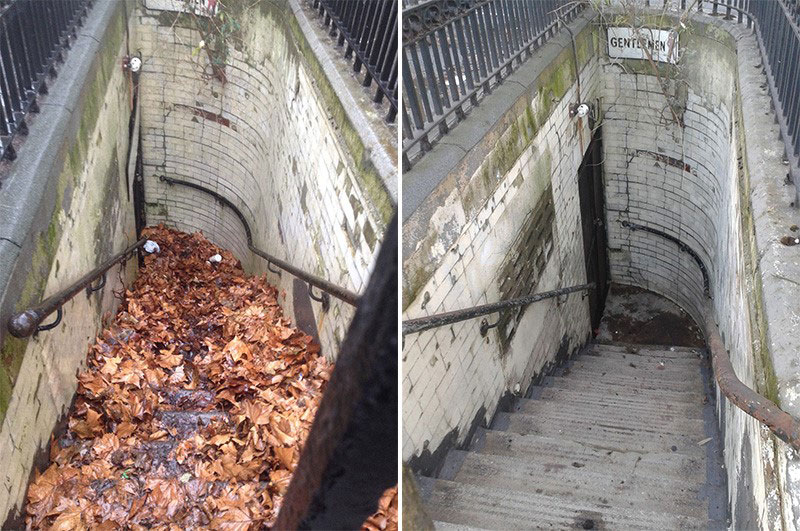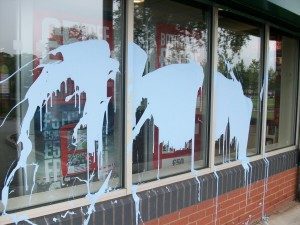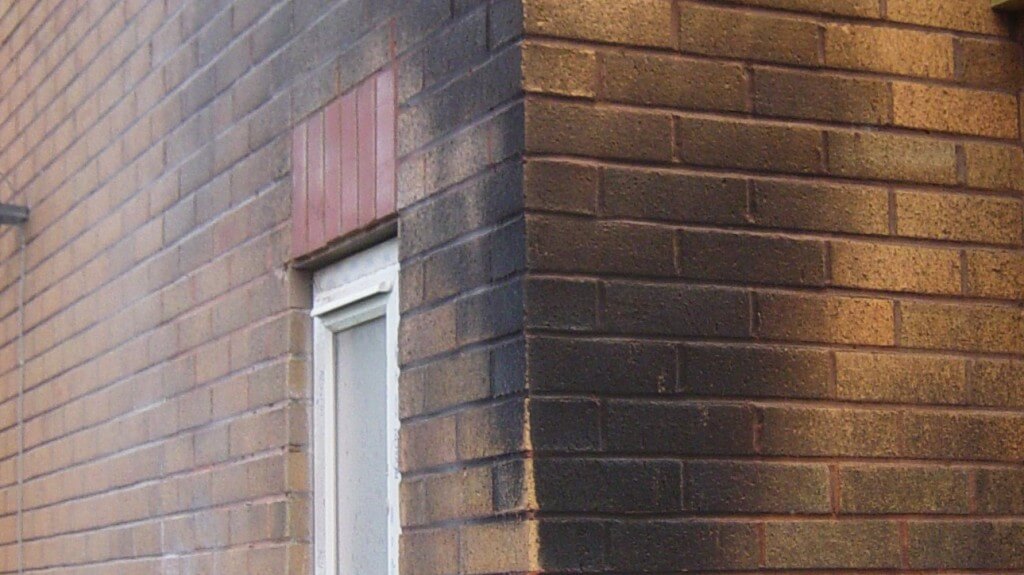Having your premises vandalised by graffiti is every business owner’s nightmare. Not only does it look unappealing, but you’re also left with the cost and effort of removing the graffiti.
Unfortunately, these acts of vandalism are still very common. Your best course of action to avoid having to pay for graffiti removal is to do as much as you can to make your property as unappealing as possible to would-be vandals.
By combining this approach with measures to make it easier to remove graffiti from your building should it happen, you can minimise the impact of this type of crime on your business.
Increase risk of detection
By creating a well surveilled area, your premises will be much less welcoming to vandals, as they don’t want to get caught. It also means that, should anyone try to deface your property, you stand a better chance of catching them in the act.
Read on for some of the best things that you can do to deter vandals through improved surveillance.
Maximise lighting
Ensuring that your premises are well lit is an effective deterrent for all sorts of criminals, as it makes their actions more visible. For vandal-proofing through the use of lighting, you should consider the following:
- Visibility range should be at least 15m
- Lights should not be obscured by buildings or trees
- Lights should not be placed near buildings or fences in a manner that could allow them to be climbed to gain access
- Light switches and power supplies should be located inside the building or in locked boxes to prevent them from being switched off
- All lights must be well maintained, replacing or repairing them quickly to minimise gaps in security
- Security lights with toughened glass or metal grills will reduce the risk of them being broken either intentionally or accidentally
- Motion-activated lights offer a cost-effective option for smaller businesses, as they only switch on when someone approaches
Improve lines of sight
No matter how well lit your premises are, it’s important to ensure effective lines of sight to increase the chances of detecting vandals or other unwanted persons on your property. You should consider:
- Solid obstructions such as fences, walls and dense vegetation should be no more than 70cm high
- Overhead obstructions such as branches and signs should hang no lower than 2.4m from the ground
- Where possible, solid walls and fencing can be replaced with options that improve visibility, such as chain link or open rail fences
Implement formal surveillance
If you don’t already have formal surveillance methods in place, it’s well worth looking at your options. While it won’t guarantee complete crime protection, active surveillance is a big deterrent. Some things to consider include:
- Installing CCTV cameras throughout the property, particularly in tucked away areas with a poor line of sight. This acts as a deterrent and will help you to identify individuals should a crime occur
- Installing an alarm system will alert you to intruders, as well as scaring away any criminals should the alarm be triggered
- Signs informing individuals that they may be under surveillance will help to deter criminal activity
- Access control methods such as card-activated barriers will help to prevent unknown individuals from entering the property
- Security patrols may be beneficial, although this could be an unnecessary expense, depending on the size and nature of your business
Create a graffiti-resistant environment
You can use landscaping and environment design to improve the property’s resistance to vandals and other intruders. Vandals prefer large, flat surfaces such as brick walls and fences to display their tags and artwork. By minimising these areas, you can provide a less appealing location. Consider these approaches:
- Where possible, replacing solid fences and walls with chain link or open bar fences will reduce the available flat surfaces
- Covering walls and other surfaces with climbing foliage will reduce its suitability for graffiti, but make sure that it is not able to support someone trying to scale the wall
- Planting a tall hedge up against a wall will reduce the available surface area and make the uncovered part of the wall harder to reach
- Spikey or thorny vegetation placed close to walls and other tempting surfaces may help to deter vandals
- Avoid the use of lattices or other wall fixtures that may be climbed to gain access to the premises
- Ensure that large items such as bins or benches are properly secured, preventing them from being moved and climbed on to access the premises
- Using anti-vandal paint on top of railings and walls with appropriate signage will help to deter intruders
- Using gravel or small pebbles as ground covering will make it difficult for people to enter the premises quietly
- Painting large walls or surfaces with a mural would make a vandal’s tag hard to see and thus not worth their effort
Protect surfaces for easier graffiti removal
While you can take every precaution to prevent graffiti, you may still be unfortunate enough to be targeted by a vandal. It’s therefore worth investing in protective coatings and surface coverings for the most graffiti-prone areas, allowing them to be cleaned quickly and easily.
Barrier coatings
This form of graffiti prevention involves covering surfaces with a permanent coating that makes graffiti removal easier.
- Non-stick polyurethane paints are relatively inexpensive and can be used on both internal and external surfaces
- Enamel-based paints create durable surfaces that can be scrubbed without damaging the paint
- Signs and other outdoor surfaces can be coated with fibreglass or porcelain, though this is more expensive
- Vandal-resistant plastics are a cost-effective way to coat outdoor furniture, signs and other low-value items
Sacrificial coatings
This type of coating is designed to be removed and replaced should vandalism occur.
- Wax-based coatings can be applied to most surfaces and are removed by high-powered sprays or hot water
- Clear sticky-back plastic is cheap and can be used to cover flat surfaces such as notice boards or cupboard doors. It can be peeled off and replaced with a new sheet as necessary
- Large wooden panels can be placed over graffiti-prone areas and simply replaced if they are defaced
- Weatherproof sheeting can be used to cover outdoor furniture and signs when not in use. This stops the items themselves from being vandalised and can be cheaply replaced if written on
Remove graffiti quickly and professionally
Removing graffiti as soon as possible is an important step in reducing this type of vandalism.
Existing graffiti advertises to other vandals that these premises are an easy target and not well maintained. This may also alert burglars to the lack of surveillance, opening the door for more criminal activity.
If you’re unsure how to tackle your graffiti problem, or the job is simply too big, get in touch with CleanSafe. We’re experts in graffiti removal and have all the necessary tools and experience to ensure that your premises are graffiti-free and looking their best.
Take a look at our graffiti removal page for more information, or read one of our vandalism cleanup case studies.


